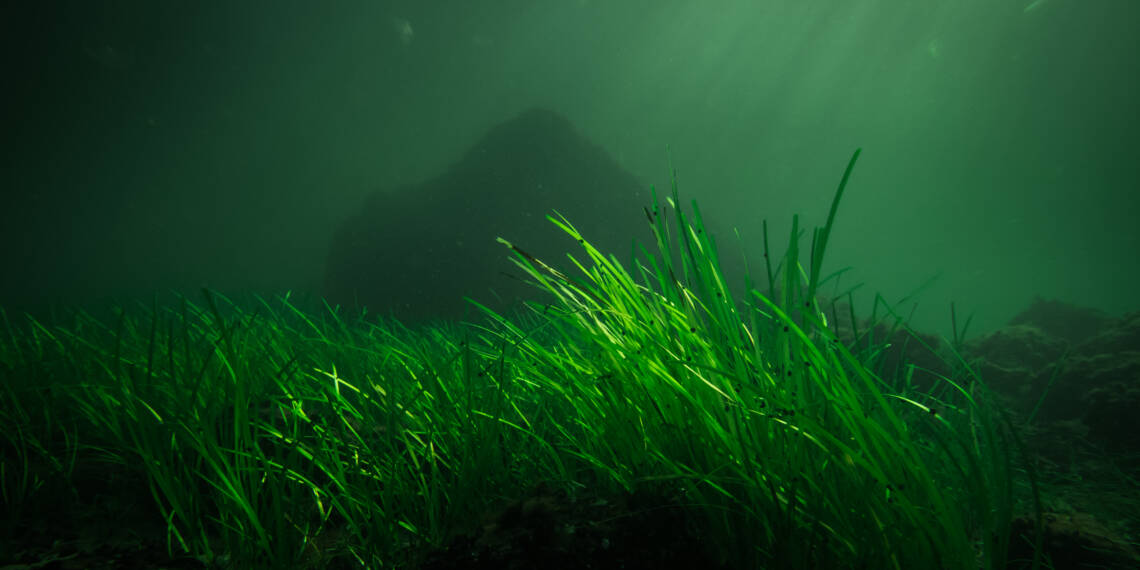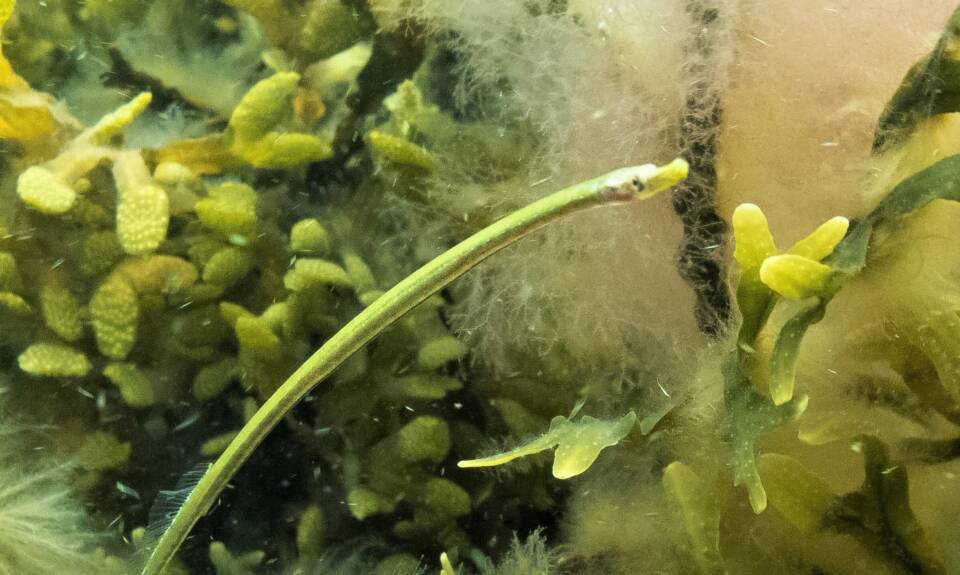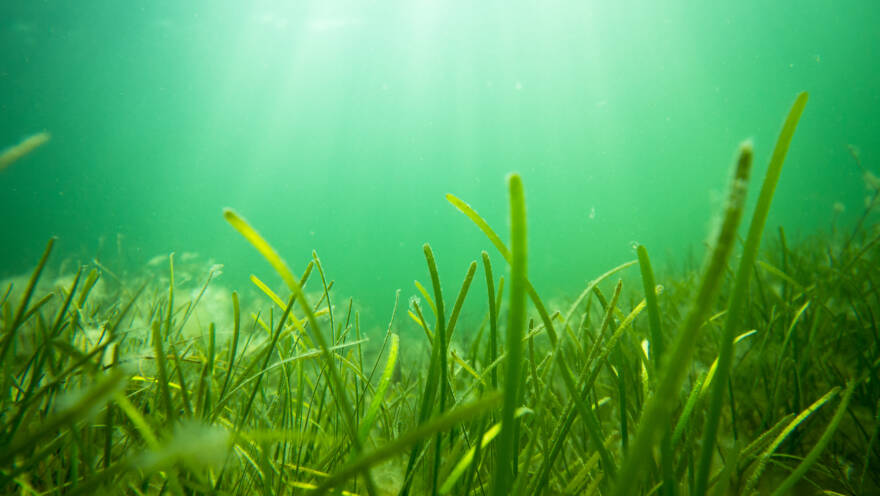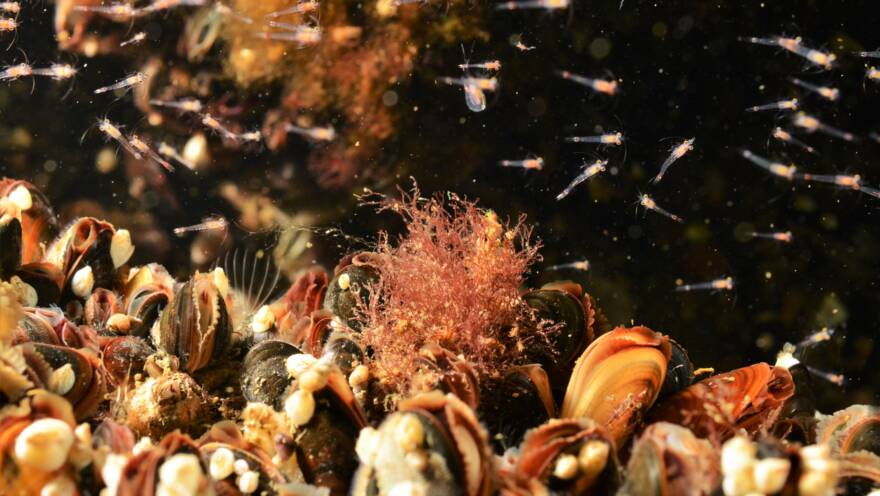
Seagrass meadows sway with the waves
A variety of habitats can be found below the surface of the Baltic Sea. Of these, seagrass meadows are easily recognisable because the grass-like vegetation on the sandy seabed, as well as the bluish colour of the surrounding water, evoke images of summery grain fields or lush meadows. Fish visit these meadows to snap up small invertebrate animals that dart between the blades of seagrass. Various worm species crawl among the roots.
Seagrass meadows are teeming with life, and thus, seagrass beds are considered one of the key habitats in the Baltic Sea. Seagrass roots bind the mobile sediments in place and create a more diverse habitat for many different species.
Seagrass needs light and salty water
Seagrass, i.e. Zostera marina, needs both light and saltwater to survive. Most of the seagrass meadows along the Finnish coast can be found in the Archipelago Sea and the Western Gulf of Finland, at depths ranging from one to eight metres.
Although sand is the best growing material for seagrass, it can also be mixed with small amounts of gravel and clay. The living conditions of this plant are also improved by continuous mild sea conditions, which keep both the bottom and the seagrass shoots clean of loose algae
There are many kinds of seagrass meadows
There are many kinds of seagrass meadows. Monocultural meadows, i.e. those formed solely from a single species, such as Zostera marina, usually occur on open shores. However, as one moves closer to the shoreline and to islands, the proportion of other vascular plants within a meadow grows.
Other species associated with seagrass meadows include ditch-grasses (Ruppia spp.), horned pondweeds (Zannichellia spp.), pondweeds (Stuckenia spp., Potamogeton spp.) and even water milfoils (Myriophyllum spp.).
On clean sandy bottoms where vascular plants thrive, the low-growing stoneworts are particularly common, such as the bird’s nest (Tolypella nidifica) and rough stonewort (Chara aspera). Coarse and filamentous brown algae may also be associated with seagrass meadows growing on mixed sediments, which are dotted here and there by rocks and gravel.
The video requires marketing cookies to be enabled. Please enable cookies to watch it.
Snails and crustaceans graze among the seagrasses
Zostera meadows can be extremely dense with up to 1,000 shoots per square metre. These narrow-leaved plants grow their shoots up to 50 centimetres in height. Many species of snail and crustacean graze on seagrass shoots, eating both the leaf material itself, as well as the planktonic diatoms that accumulate on the surface of the leaves.
Did you know?
The relatives of the sea-horse can often be seen among the seagrass leaves. In Finland, these are two species of pipefish, i.e. the broad-nosed (Syngnathus typhle) and the straight-nosed pipefish (Nerophis ophidion), whose narrow and greenish-coloured bodies help to camouflage them among the leaves.

Species of the seagrass meadows
- Ditch-grasses (Ruppia spp.)
- Horned pondweeds (Zannichellia spp.)
- Pondweeds (Potamogeton spp.)
- Water milfoils (Myriophyllum spp.)
- Bird’s nest stonewort (Tolypella nidifica)
- Rough stonewort (Chara aspera)
-
 Find out more
Find out moreCommon eelgrass in the Baltic Sea
-
 Point of view
Point of viewKey species and key habitat types drive the Baltic Sea

